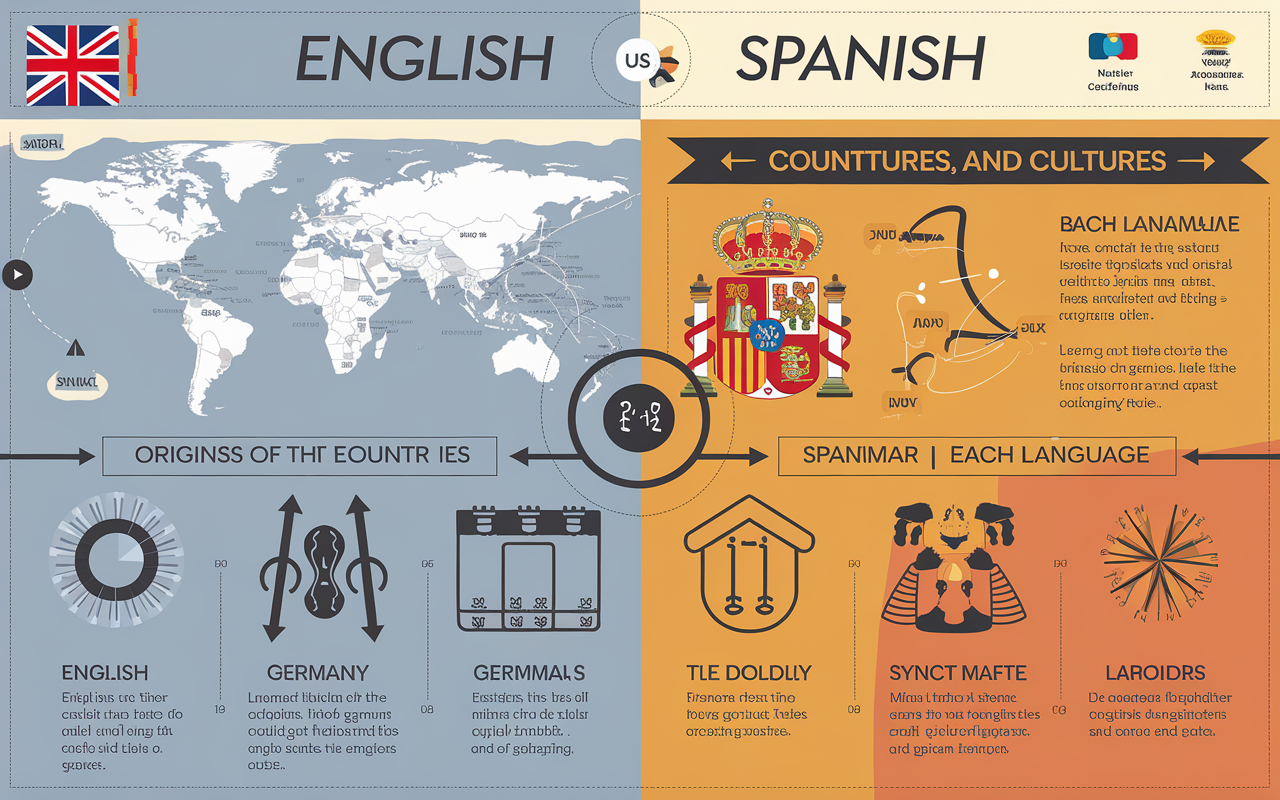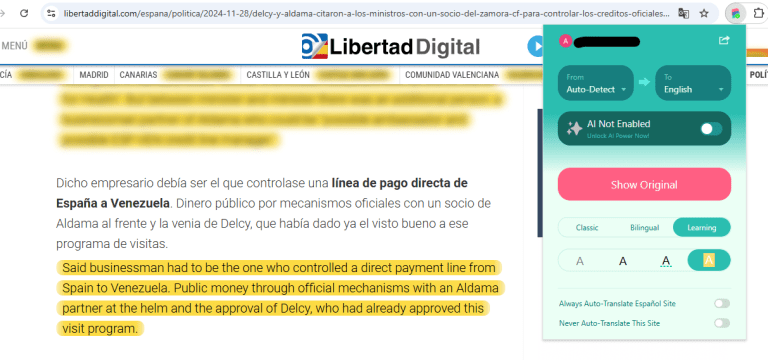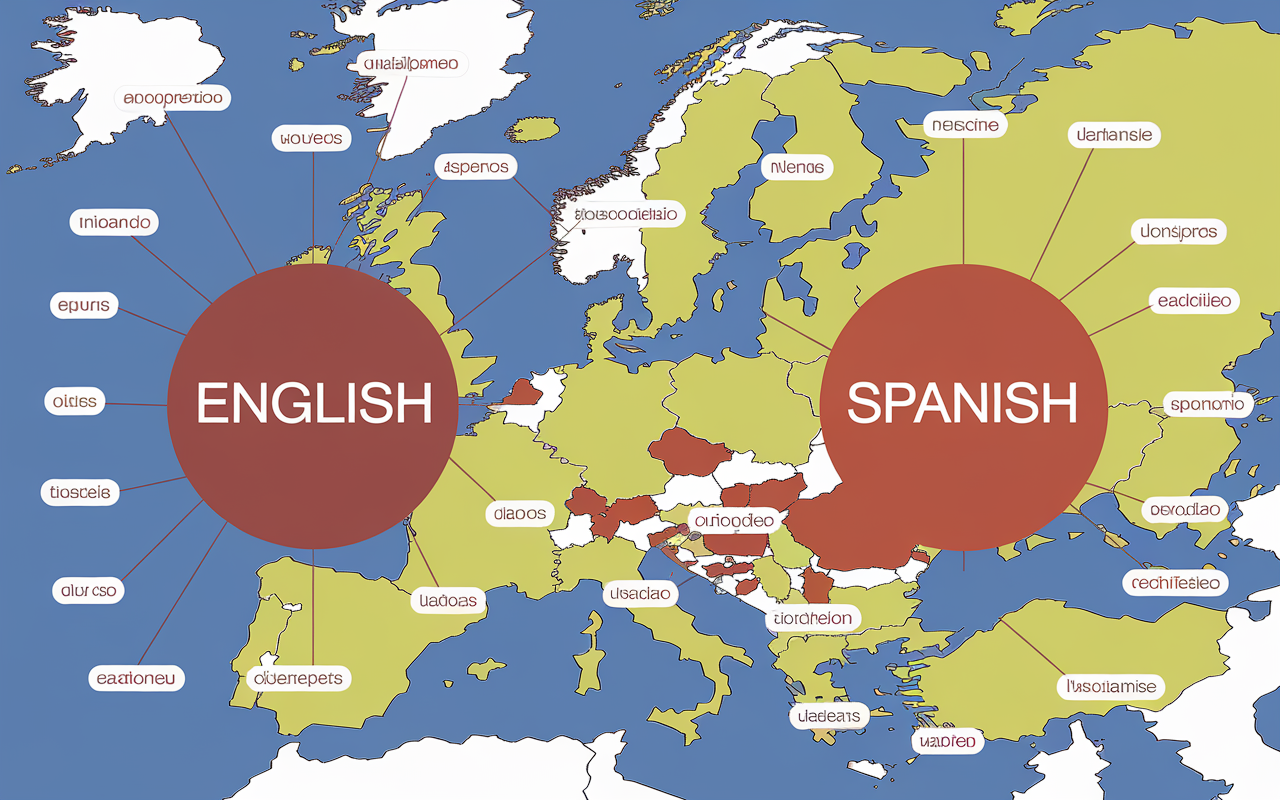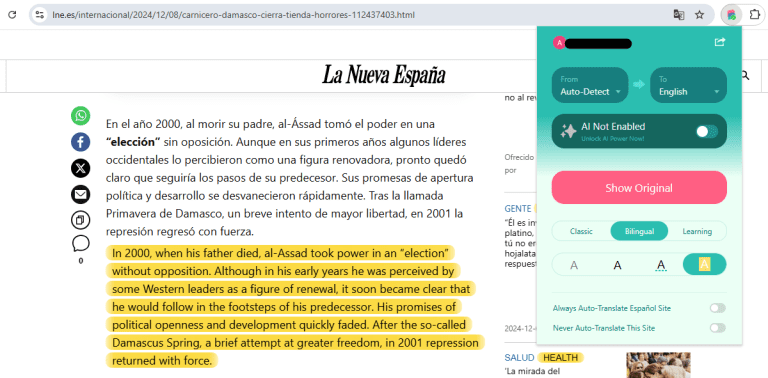What Does English Or Spanish Mean – Language Guide
In our world, we celebrate many languages. English and Spanish are two of the most spoken and powerful ones. How do these languages compare in their beginnings, structures, and cultures? This guide will dive into the details that make these two languages unique.

Key Takeaways
- English and Spanish grew from the same Indo-European roots, picking up words from Latin and Greek along the way.
- Spanish uses 27 letters while English has 26 – both based on Latin writing.
- Spanish pronunciation is simpler, with clear letter-sound connections. English, however, has a more complex sound system.
- There are big differences in grammar between the two languages. For example, in subject use, verb forms, and where to place adjectives.
- Despite these differences, English and Spanish have many words that are similar. This shows their shared language roots.
Understanding the Common Origins of English and Spanish
English and Spanish, though different today, came from the same old Indo-European family. This means they have many words with similar meanings.
The Evolution of Both Languages
Both languages have grown to have their own unique traits. Yet, they still share some similarities. Spanish is closer to other Romance languages like Portuguese and Italian. English, on the other hand, is more like Germanic languages like German and Dutch.
Also, there has been a lot of language translation between English and Spanish, especially through tools like Biread. Biread enhances this cross-lingual experience, offering expert translation powered by AI, ensuring more accurate and nuanced interpretations of complex historical texts. With Biread’s bilingual display feature, users can explore these similarities and nuances by reading texts side-by-side in both languages, making it easier to spot cognates and deepen understanding.
What Does English Or Spanish Mean: Basic Language Structures
Both languages rank among top world languages, both using subject-verb-object order. For instance, “El perro come carne” (The dog eats meat) fits this pattern. This similarity makes it easier for speakers of one language to learn the other.
Yet, there are differences in their basic structures. Spanish often leaves out the subject because of its detailed conjugation system. English doesn’t use this system as much. Spanish also allows for more flexibility in word order. This means the subject can come after the verb for emphasis or style.
- Both language follow the general structure of [subject + verb + object] for simple sentences.
- Spanish sentences can sometimes have the subject placed after the verb, a construction less used in English.
- Spanish often employs double negatives, while English considers them grammatically incorrect.
- In Spanish, subject pronouns are optional and are mostly used for emphasis or to avoid confusion.
- Spanish direct and indirect object pronouns precede the conjugated verb (but after the subject and negative if present).
Using a tool like Biread can be incredibly beneficial for learners exploring these structures in both languages. Biread’s bilingual subtitles feature allows users to compare sentence structures and word order in context, offering a more dynamic approach to language acquisition and language proficiency.

Essential Grammar Differences Between English and Spanish
English and Spanish share a common ancestry but have key grammar differences. These differences can make learning each language challenging. They affect how well you can speak and understand both languages.
Gender and Subject Usage
One big difference is how nouns are gendered. Spanish nouns are either male or female, while English nouns are not. This means Spanish adjectives and pronouns must match the noun’s gender. English doesn’t have this rule.
Spanish also lets you drop subject pronouns in some cases. This is because the verb shows who is doing the action. English, however, always needs a subject, like “I” or “he,” in a sentence.
For bilingual learners, Biread’s Learning Mode can help by blurring the translation so you can immerse yourself in the foreign language and check your understanding by hovering over the text to see the translation in your language. This is especially useful for those looking to better understand cultural context through grammar and structure in both English and Spanish.

Verb Conjugation Patterns
Spanish verbs have many forms, up to 30, depending on who is doing the action and when. English verbs have fewer forms, making them simpler to deal with.
Adjective Placement Rules
Where you put adjectives is another difference. In English, adjectives come before the noun, like “the red car.” In Spanish, they come after, like “el coche rojo.”
Knowing these differences can help you improve your language skills. It makes it easier to understand and use.
| Feature | English | Spanish |
|---|---|---|
| Gender of Nouns | Gender-neutral | Masculine or Feminine |
| Subject Inclusion | Explicit subject required | Subject can be omitted |
| Verb Conjugation | Simpler, fewer forms | Complex, up to 30 forms |
| Adjective Placement | Usually precede the noun | Often follow the noun |
“Understanding the key grammar differences between English and Spanish is essential for language learners to effectively communicate and navigate the nuances of these two widely spoken languages.”
Similarities in Vocabulary and Cognates
English and Spanish, though different, share many words with the same meaning and sound. This is great for understanding each other better. It helps a lot in talking and writing between the two languages.
Spanish words come from Latin, making it very similar to Latin. This means both language have lots of words in common. For example, “photography” and “biology” are the same in both languages. This helps speakers learn words easily.
But, there are also words that look similar but mean different things. For example, “constestar” in Spanish means “to answer,” but “contest” in English means “challenge.” This can sometimes confuse people.
There are rules to help change English words into Spanish. For instance, adding “o” at the end or changing “tion” to “ción.” These rules help learners use words correctly and understand each other better.
| English Cognate | Spanish Cognate |
|---|---|
| Photography | Fotografía |
| Biology | Biología |
| Participate | Participar |
| Construct | Construir |
| Translate | Traducir |
The many cognates are a big help. They make learning each language easier. This shared vocabulary helps people understand and communicate better between the two languages.

Pronunciation and Sound Systems
Language acquisition and linguistic diversity show sound systems. Knowing these differences helps with communication and learning languages.
Phoneme Differences
English has about 44 phonemes, making its sound system rich and diverse. Spanish, with around 25 phonemes, is more streamlined.
Spanish pronunciation is simpler, with each letter usually representing one sound. English, however, can be tricky, with letters having multiple sounds.
Stress Patterns and Intonation
Stress and intonation differ between English and Spanish. Spanish uses accent marks to show stressed syllables. English relies on context and word knowledge for stress patterns.
Spanish sounds more melodic, like a song. English has varied and nuanced pitch patterns.
Letter-Sound Relationships
English and Spanish have different letter-sound relationships. Spanish is phonetic, making reading and pronunciation easier. English is more complex, with irregularities in its spelling.
This complexity can make English harder to learn for non-native speakers. Understanding these differences helps learners tackle. It improves their language skills and proficiency.
Cultural Context and Language Usage
Language shows what a society values. Knowing the cultural background is key for clear communication. Spanish cultures often use formal language daily, while English cultures might be more casual.

Idioms and everyday sayings change a lot between languages. For instance, “tú” and “usted” in Spanish change based on where you are and who you’re talking to. These language differences come from deep cultural and social roots.
The Spanish language has a long history.Romans, Moors, and the Reconquista molded Spanish over time. Later, great books from the 1500s and 1600s helped spread its reach.
Spanish reaches 460 million speakers today, serving as the main language in 21 nations and at the UN. Its impact shows up everywhere – from songs and movies to books and art.
“Spanish means more than words – it carries the stories and traditions of its speakers.”
Conclusion
Learning about English and Spanish can be fascinating and rewarding. Each language bring their own special stories and challenges. Their grammar, words, and sounds teach us new ways to think and talk. Whether you’re studying for trips, work, or fun, tools like Biread help you grasp both languages better.
FAQ
What are the common characteristics of English and Spanish?
Both languages branched from old Indo-European roots. They both have roots in Latin and Greek. This means they share many words and similar sentence structures.
How do the grammar structures of English and Spanish differ?
English and Spanish have similar sentence structures. But, Spanish has gender for nouns and complex verb forms. Spanish also lets you leave out subjects in sentences, unlike English.
How do English and Spanish words match up and differ?
One in three English words matches a Spanish word. This makes learning each language easier. Yet, they also have unique words and sayings that show their cultural differences.
How do the pronunciation and sound systems of English and Spanish differ?
Spanish uses 25 sounds, English needs 44. Spanish sounds are more straightforward, with each letter usually having one sound. English sounds are more complex, with letters having multiple sounds. Stress and intonation also vary between the two languages.
How do cultural contexts influence the usage of English and Spanish?
Language use shows cultural values. Spanish-speaking cultures often use formal language daily. English-speaking cultures might be more casual. Knowing the cultural background is key for good communication in either language.
Source Links
- 10 Key Differences Between English and Spanish You Should Know | FluentU Spanish Blog – differences-between-english-and-spanish/
- Similarities and Differences Between English and Spanish – differences-between-english-and-spanish/
- Spanish sentence structure: a practical guide – https://mangolanguages.com/resources/learn/grammar/spanish/spanish-sentence-structure-a-practical-guide
- PDF – https://latinjournal.org/index.php/gist/article/download/1152/1234/6655
- Definition of CONCLUSION – https://www.merriam-webster.com/dictionary/conclusion
Master English and Spanish side by side with BiRead.
Uncover similarities and conquer differences effortlessly.
Try Biread Free






